As the adverse effects of climate change increase result in destructive weather conditions that affect the agricultural sector, there is also an increase in agricultural participants in sub-Saharan Africa.
It’s paramount for farmers to come up with optimised agricultural operational methods that not only cut down production costs, but also keeps farmers more financially sustainable. The factors that can improve this include crop varieties and species, leveraging renewable energy, electric powered vehicles, and infrastructural choices.
An infrastructural option steadily gaining momentum in the sub-Saharan African agricultural sector is the use of greenhouses. Although they are quite popular under small and commercial agricultural operations in high income countries, they have not been used as extensively in sub-Saharan African.
A greenhouse or glasshouse is an enclosed structure, usually with glass, plastic, or fiberglass covering and a solid frame that provides a controlled environment (temperature, humidity, ventilation) for growing plants. Their functional concept is also applied to what are also known as orangeries, conservatories, glasshouses, and hothouses.
According to an article by Nadie Van Zandt titled Speculating on the history of greenhouses, reports of greenhouses appeared in the writings of the famous Pliny the Elder as early as 30 AD.
Their creation was inspired by the need to protect plants from adverse weather conditions, guaranteeing the availability of specific produce during their natural non-growing season, and for controlled ambient conditions for plants grown from other regions, for example exotic plants acquired from explorers returning from voyages to far away lands. As from the middle of the 15th century, greenhouse design improved as they became equipped with temperature control features, artificial heat and ventilation.
Greenhouses working by harnessing radiation from the sun
First, sunlight enters the greenhouse through glass, plastic, net-shade or a fibreglass wall and roof. The sunlight is radiated as short-wavelength energy. Most of the sunlight wavelengths that enter the greenhouse changes, restricting the quantity that can pass through the sun-penetrable material. Only specific longer wavelengths of radiated heat escape effortlessly through the glass.
As the greenhouse is usually designed without any apertures, the sunlight trapped is converted into heat energy and some of the light is absorbed by the plants for photosynthesis. The size, sun exposure, frame material (chrome alloys, aluminium, steel, wood), floor material/covering (black/white polyethylene, brick, cement, wood, soil), sun-penetrable material, and contents (some plants may be in a fishpond within the greenhouse) will determine the quantity of heat absorbed.
The heat absorbed is then released through radiation within the greenhouse over time. This heat warms the air (oxygen, nitrogen oxide and water vapour) while keeping the temperature to the desired level for the plants being grown. Through convection, cold air moves downward, creating a heating cycle and thus a microclimate.

The greenhouse traps sunlight and converts it into heat energy, and some of the light is absorbed by the plants for photosynthesis. (Source: Vecteezy)
Some of the benefits of greenhouse production systems are:
- they create a consistent and manageable environment for plants to grow, plants that grow only during summer can be grown during winter and vice versa, which, once produced, will fetch higher market prices,
- they offer protection from pests and animals, and reduce the transmission of fungi, bacteria and viruses from these pests to the plants,
- they can store heat or maintain shade and cooler temperatures depending on how they are managed,
- their ability to be controlled (temperature and humidity) permits increased plant diversity production.
- they also protect plants from adverse weather conditions such as hailstorms, heavy rain, wind and extreme evapotranspiration.
Despite all the advantages, they also have some disadvantages. Greenhouses can be expensive. Most sub-Saharan African countries do not produce the materials used in greenhouse construction such as plastic, fibreglass and shade netting.
Plant density populations in greenhouses are generally higher than in open-field production systems, thus more time is needed to keep the greenhouse pest and waste free. The agronomic need to keep temperature and humidity constant within a permissible range means that more time will be spent ensuring that these conditions are maintained.
The contained environment a greenhouse creates can also function as incubator for pests and diseases. There is no room for error and therefore, they present an increased probability for complete project failure if not managed carefully. For example, tomatoes can be easily lost to red spider mites if infections are not optimally dealt with.
When it comes to pollination, bees do most of the work, but keeping pests out of a greenhouse means keeping pollinators out as well. Pollination may become more costly as it would have to be done by hand and may require specialist expertise.

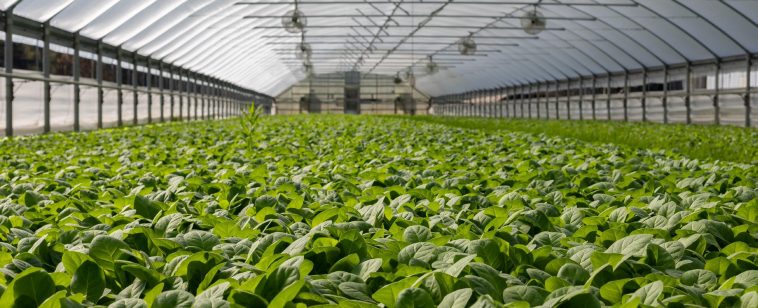
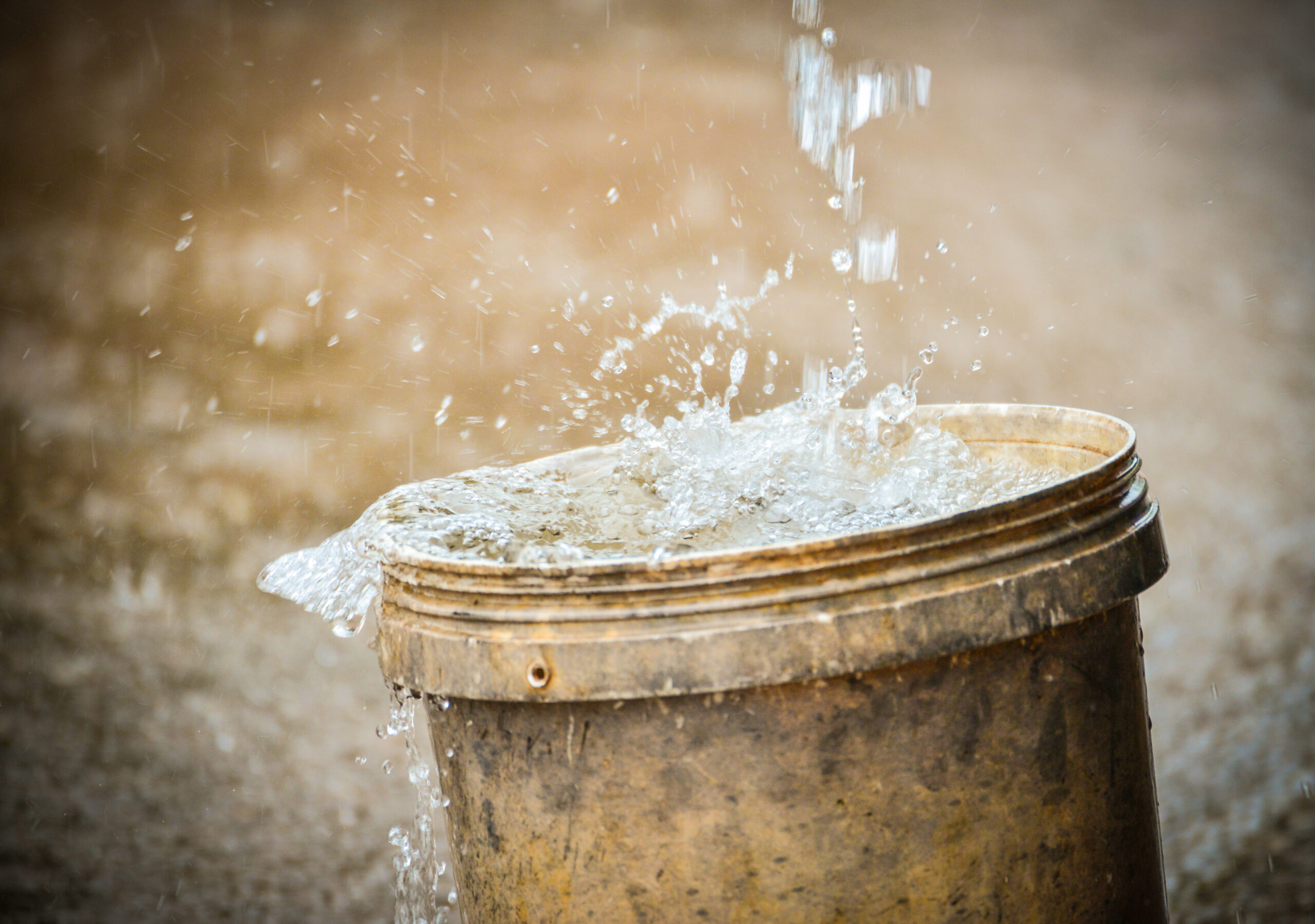
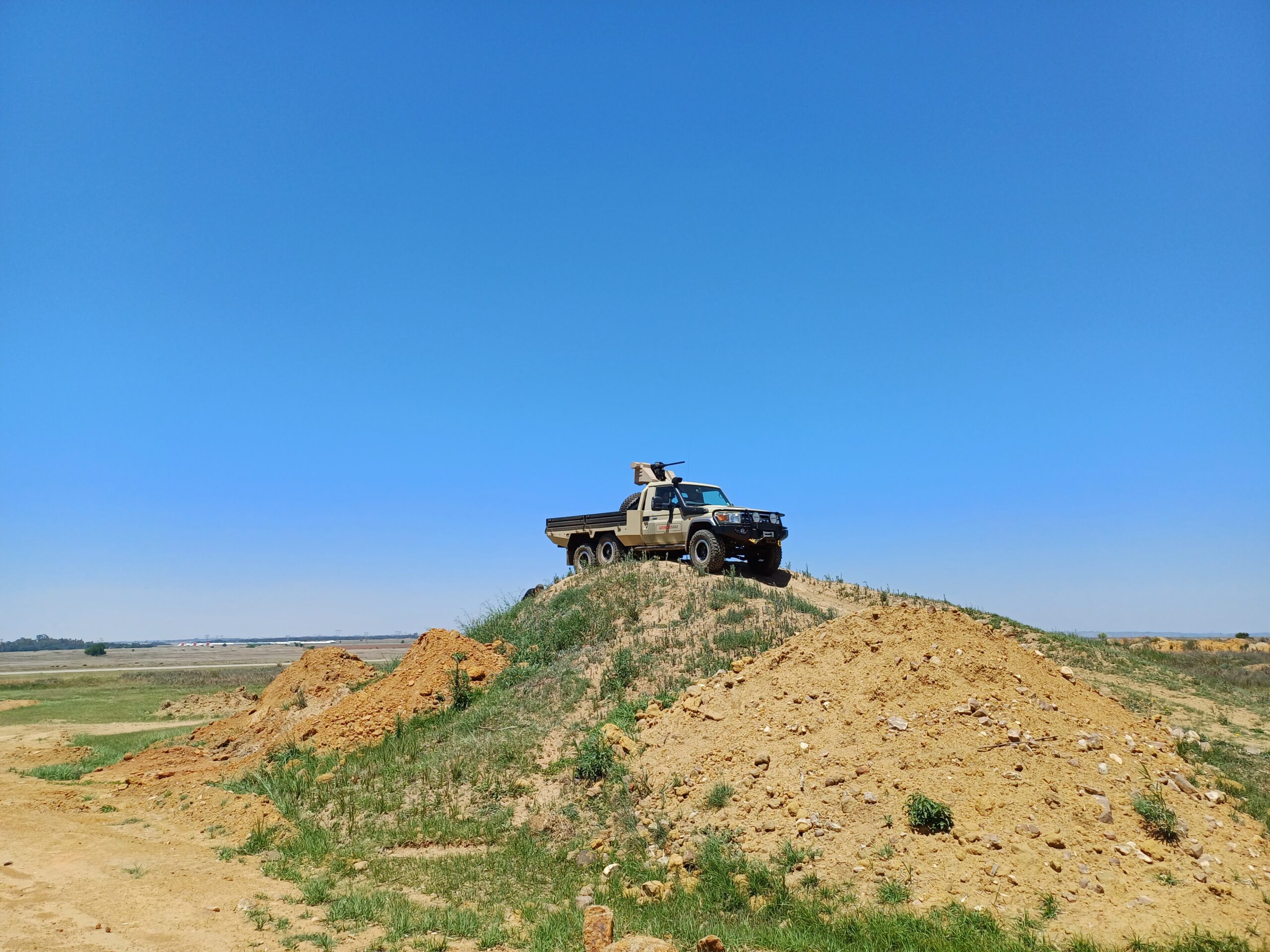
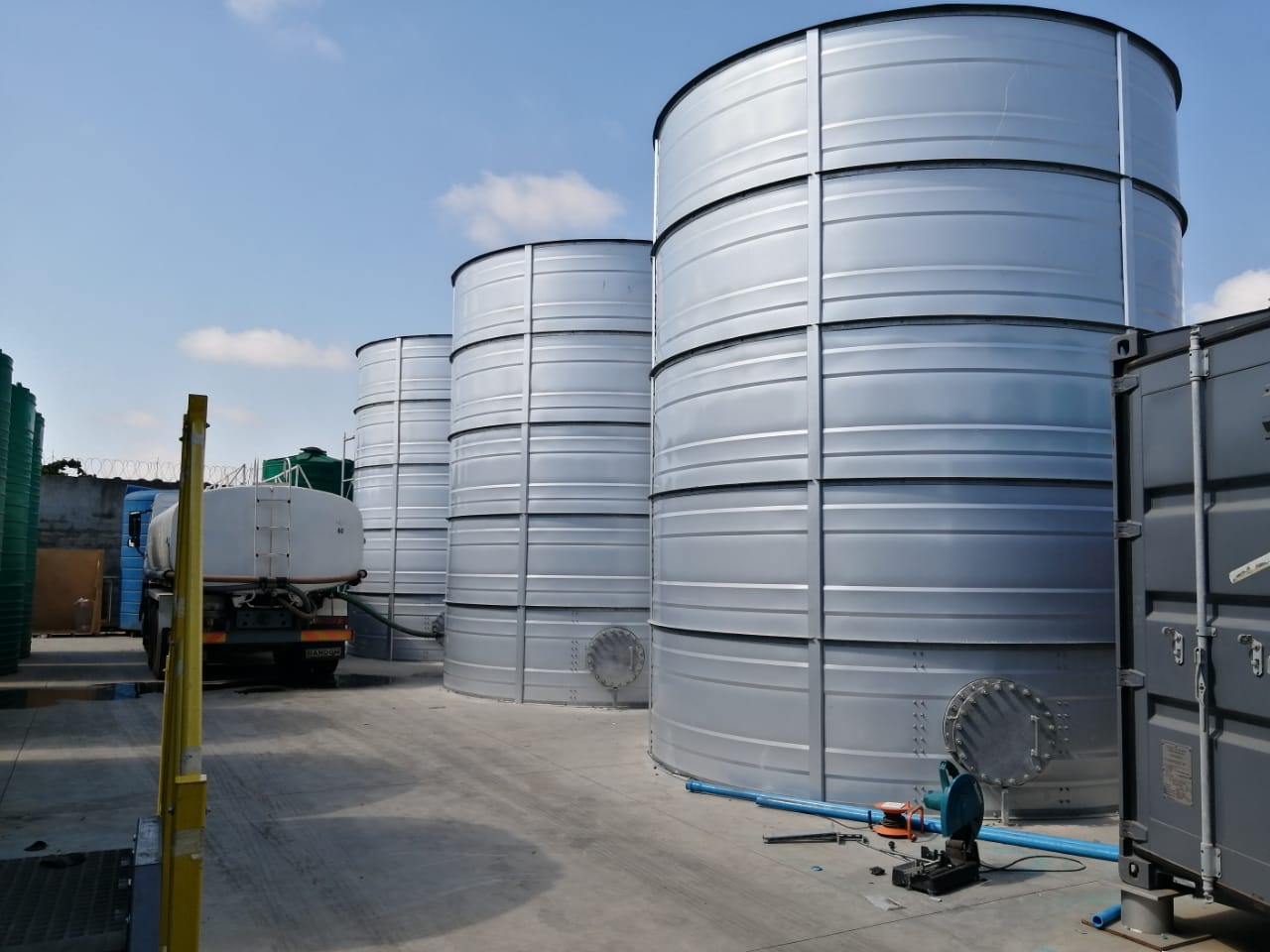


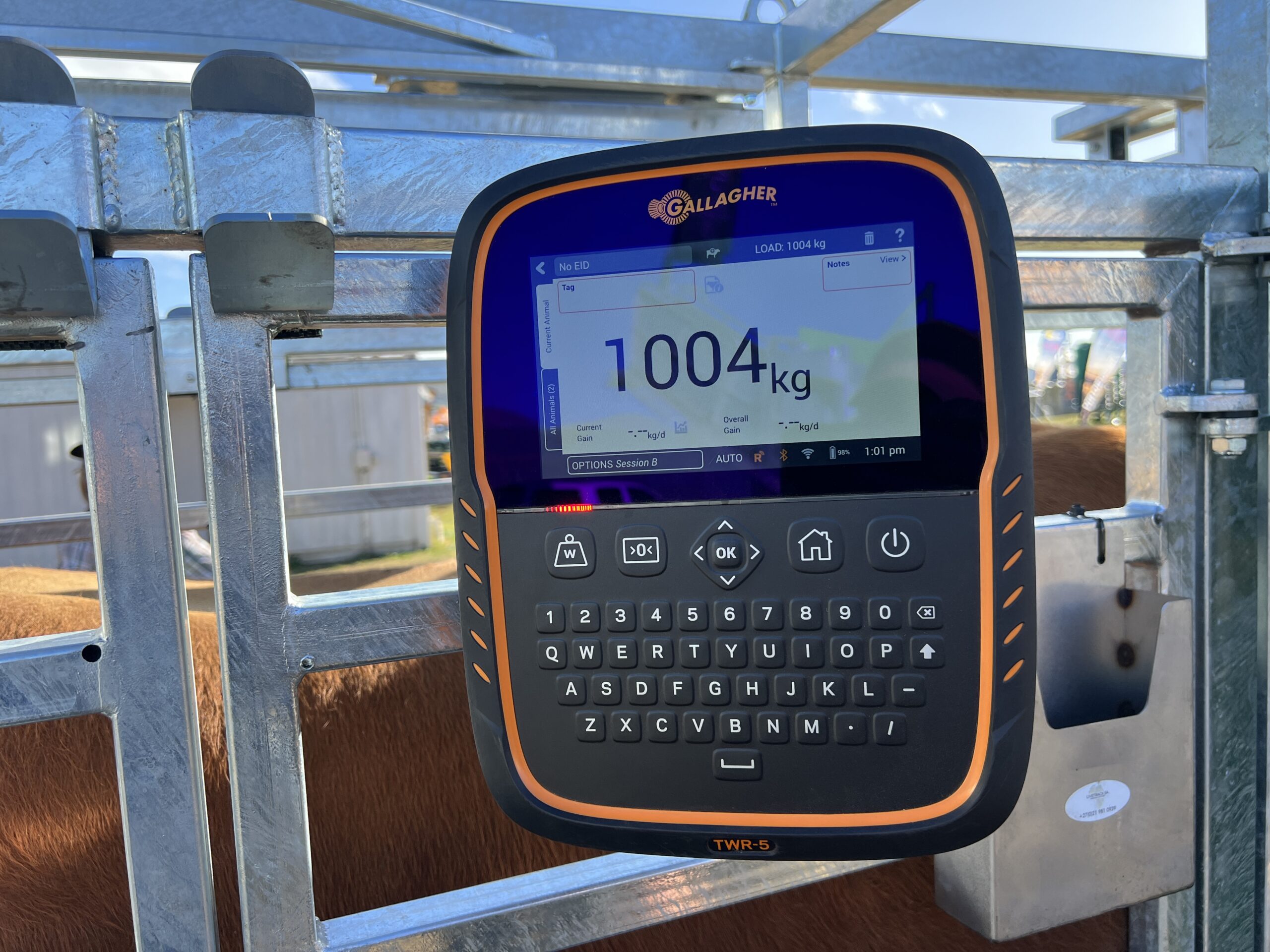
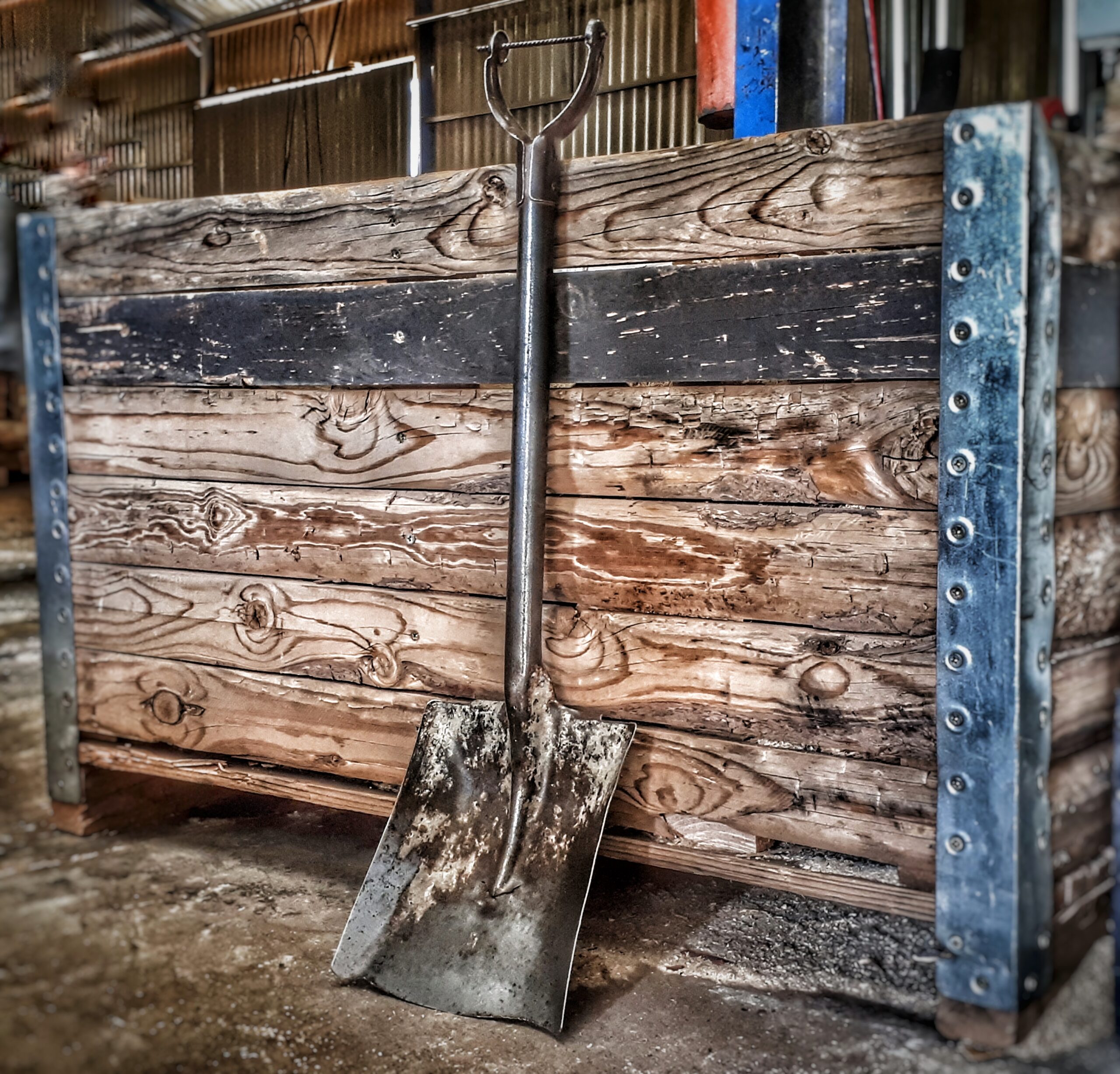

Thanks – Enjoyed this post, can you make it so I receive an email when you make a fresh post?
Hi, you can subscribe to our newsletter.
– Regards, editorial.